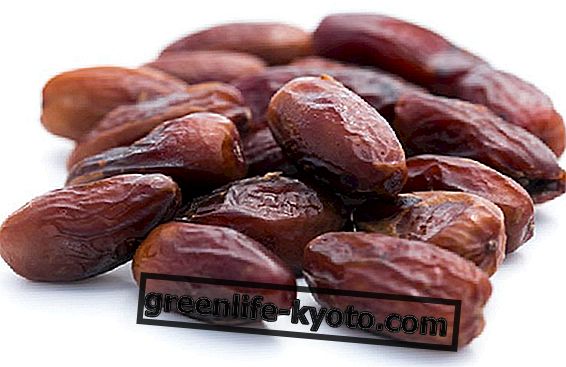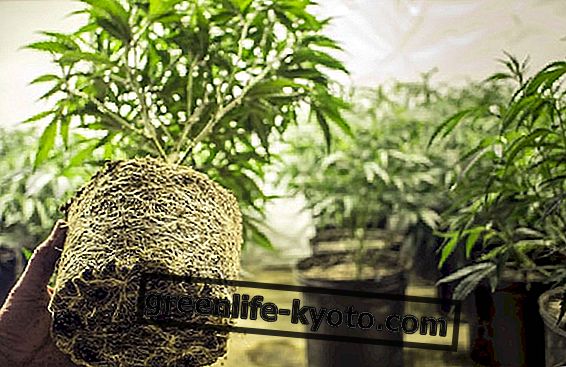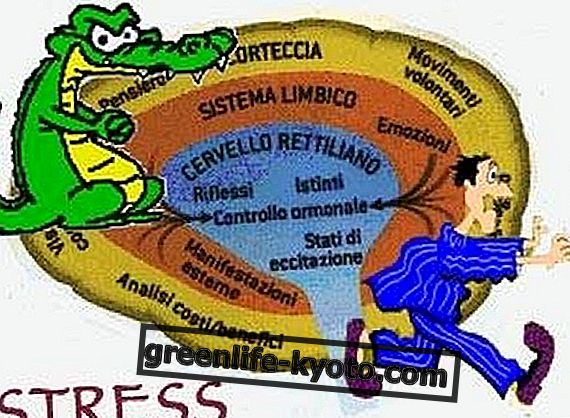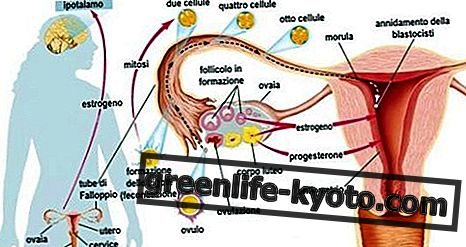Caffeine is an alkaloid extracted from coffee beans. It acts as a powerful stimulant of the central nervous system, respiration and heart . Let's find out better.
>
>
>
Coffee, rich in caffeine

Where is the caffeine
Caffeine is an alkaloid. These molecules are generally toxic and used by plants for defense purposes. The alkaloids take their name from the fact that in the molecule there are amino groups that give it a basic character. All the most important poisons extracted from plants belong to this group: strychnine, morphine, atropine, hyoscyamine, nicotine, etc.
Caffeine is extracted from coffee plants, but not only. Other plants, such as guarana and mate, contain varying concentrations of caffeine .
The coffee plant is a small evergreen shrub that produces fruit, or rather berries, of an intense red color. The drug consists of roasted seeds, commonly called coffee beans. Lately, even unroasted beans, which are called green coffee, are widely used and appreciated as adjuvants to lose weight.
The green coffee beans are roasted at about 220 ° C to develop the characteristic aroma and smell of the coffee we use as a drink.
Roasted coffee contains more caffeine than unroasted, raw green coffee . In the latter , caffeine is linked to chlorogenic acid in a complex that is called caffeine chlorogenate . This compound causes a slower and prolonged coffee absorption throughout the day . While drinking roasted coffee the peak of caffeine and therefore of excitatory effect is reached after 30-40 minutes; with green coffee absorption is slow, prolonged and continuous throughout the day, in favor of the liver which is better able to metabolize caffeine and the body as a whole which benefits better from the caffeine's vigilance, attention and vitality characteristics.
Caffeine properties
The physiological activities attributed to coffee can be traced back to the most important active ingredient, caffeine.
Caffeine works by stimulating the central nervous system, increasing breathing and the action of skeletal muscles (the one controlled by our will and which allows movements to be performed). It also stimulates cardiac activity, dilates the coronary arteries (arteries that supply the heart), relaxes the smooth muscles (responsible for involuntary movements such as the contraction of arteries and hollow organs) and promotes diuresis .
Green coffee has peculiar properties that have promoted it in the category of supplements with slimming effects. The action is specific and significant, but obviously without a good diet, exercise and a healthy lifestyle, to be considered even useless.
Green coffee acts by promoting a lipolytic action on the adipocytes of adipose tissue, ie it restores the fatty acids stored in the cells. These fatty acids circulating in the blood must be oxidized, otherwise going back to the liver they will return to their original location. The specific action is determined by a series of methylxanthines contained in green coffee beans, including the ceffeina.
Furthermore, green coffee has a high concentration of chlorogenic acid, which as seen binds caffeine to caffeine chlorogenate. Chlorogenic acid is a powerful antioxidant, four times greater than green tea and works by blocking the action of free radicals, which would otherwise lead to the degeneration of complex molecular structures such as cells and proteins.
Caffeine extracts and green coffee preparations are commercially available in powder or tablets, green coffee is also found in sachets with which it is possible to prepare infusions.
Discover also the properties and use of theine
Contraindications
Caffeine is not recommended for those who are sensitive to it, caution is also recommended for green coffee, although the absorption is different between this and roasted coffee.
Furthermore, caffeine can induce headaches, vomiting, nausea, insomnia, agitation, excitement, delirium, tachycardia, extrasystoles .
Coffee seems to increase gastric secretion; besides, roasted coffee having a low pH and between 3 and 3.5 should be taken with caution by those suffering from gastric problems or burning in the stomach, if not completely avoided.
Green coffee has a pH of around 5, certainly less aggressive than roasted coffee, but still to be avoided in case of accentuated gastric symptoms.













